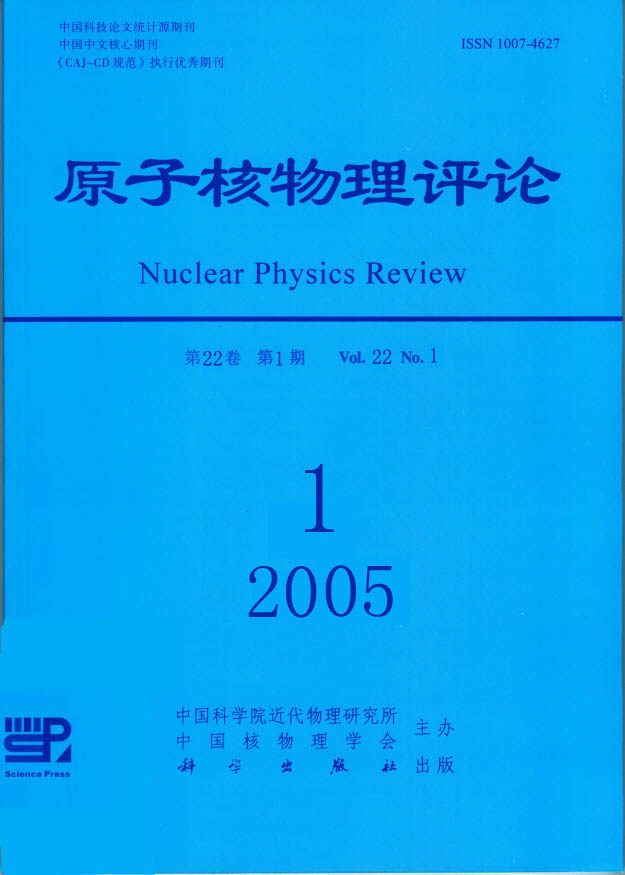Investigation of Metal Hydride PdAgHx by Positron Annihilation
doi: 10.11804/NuclPhysRev.22.01.115
- Received Date: 1900-01-01
- Rev Recd Date: 1900-01-01
- Publish Date: 2005-03-20
-
Key words:
- metal hydride PdAgHx /
- hydrogen bubble /
- hydrogen embrittlement /
- positron annihilation lifetime
Abstract: The metal hydride PdAgHx with a hydrogen concentration x ranging from 0 to 0.35 has been investigated by positron annihilation lifetime method in the temperature region between 77 K and 295 K. The measured lifetime spectra in metal hydride PdAgHx are characterized by two lifetimes τ1 and τ2. The short lifetime τ1 is independent of both hydrogen concentration and temperature, which is ascribed to the annihilation lifetime of free positrons. The long lifetime τ2 and its intensity I2 do not change with temperature, while τ2 increases and I2 decreases with increasing of hydrogen concentration. τ2 is attributed to the lifetime of positrons trapped at the hydrogen bubble. The increase of τ2 indicates the growth of the hydrogen bubble, and the decrease of I2 shows the reduction of the hydrogen bubble concentration. The experimental result shows a microscopic mechanism that the hydrogen bubble produced causes hydrogen embrittlement.
| Citation: | ZUO Yi, ZHENG Yong-nan, ZHOU Dong-mei, DU En-peng, YUAN Da-qing, DUAN Xiao, ZHU Sheng-yun. Investigation of Metal Hydride PdAgHx by Positron Annihilation[J]. Nuclear Physics Review, 2005, 22(1): 115-117. doi: 10.11804/NuclPhysRev.22.01.115 |






 甘公网安备 62010202000723号
甘公网安备 62010202000723号 DownLoad:
DownLoad: